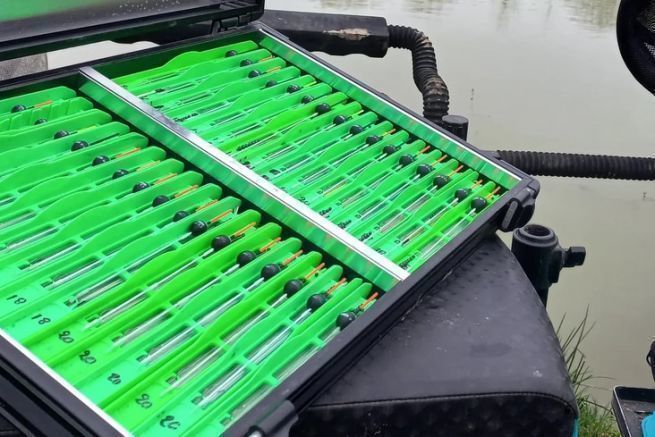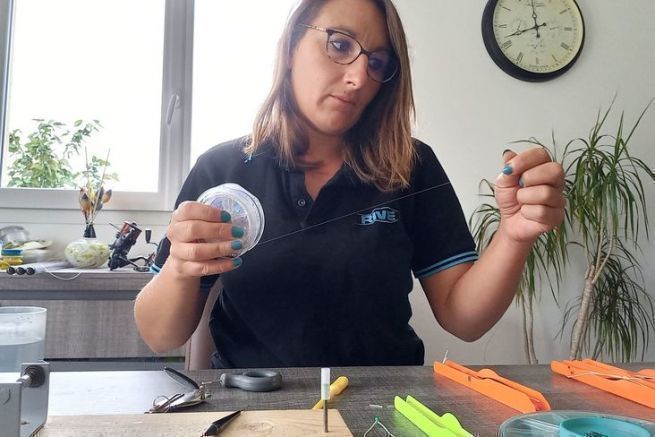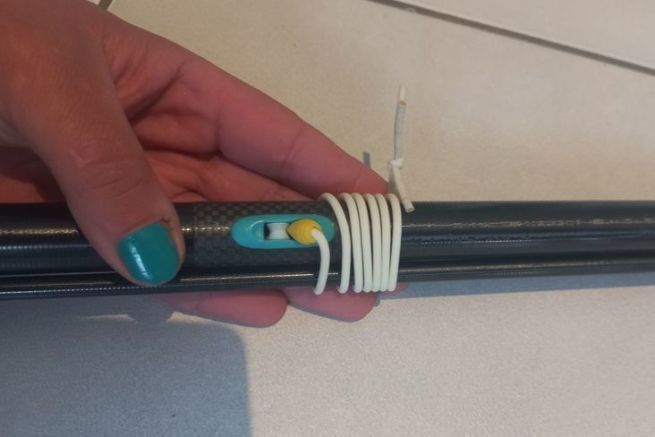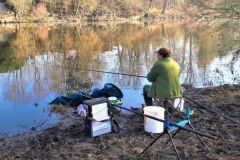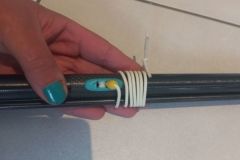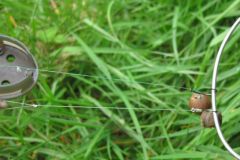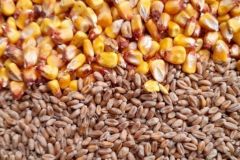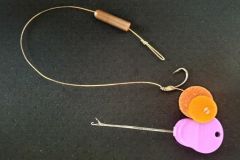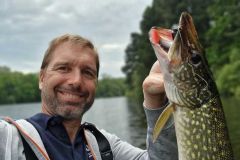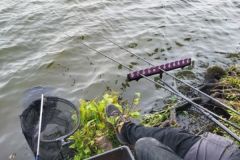Calmness, meticulousness and care are essential to make beautiful lines. Take your time!
The choice of your floats
Of different shapes, colors and sizes the range is large. A dart, a ball and an olive are the three most common shapes you will encounter. Let's not forget the flat floats! And on each of these shapes you will find fiber, plastic and metal antennas. And finally, the plastic or metal pins that are used on the different types of floats. I will do an article dedicated to the different floats, their function and when and for which fish.
In general, we mount the lines by series of floats. That is to say, after selecting the type of float chosen, we will mount the series from 0.2 g to 1.50 g. However, we differentiate the floats for white fish thinner and more fragile. And the carp floats, which are more solid.
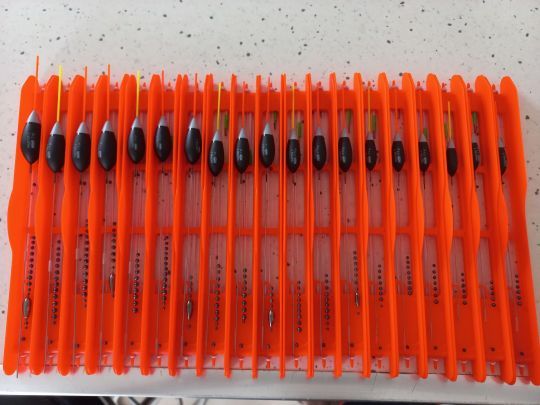
Nylon
For the base of the line, we will use :
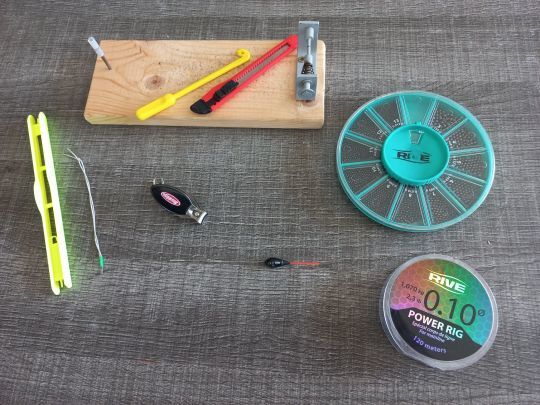
Leads
In order to set up lines properly, you need sinkers of different weights and sizes. There are round and cylindrical shapes. However, round shapes will be more versatile and adapted for all lines. Cylindrical sinkers are specific to carp lines. I don't use them, I don't see any more interest in them, and aesthetically, the lines are less pretty. Also, there are olivettes. They are used for lines with white fish. They allow another presentation of line in the water.
On the float, a weight is indicated. This weight corresponds to the weight of the sinkers that you must have on your line in order to balance it. The weights are placed from the smallest to the largest. Generally, we put them two by two. That is, two 9 pellets, followed by two 8 pellets, two 7 pelletsâ?¦
To balance the float, you must add the sinker weights and the number. You must arrive at the same weight that is indicated on the float. This will not be exact, you will have to adjust by removing or adding very small weights.
To prepare your lines, it is convenient to use a water tube, a very long vase.
When balancing your float, don't be surprised if during fishing action there is a small deviation. This is due to the pH of the water. It will be necessary to readjust or rebalance if necessary. You can see that the float is well balanced when, once in the water, it is at the limit between the tip and the body of the float. You should not see the float body at all. You can even add a very small lead to slightly drown the antenna.
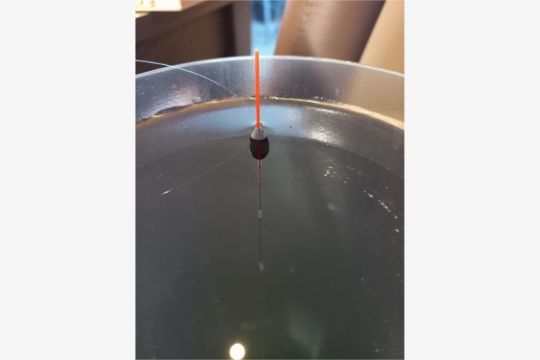
The leaders of lines
Whether you're preparing lines for whitefish or carp, preparing leaders takes time. There are hooks of different sizes, and mounted with nylons of different sizes. The possibilities of combinations are multiple. Stay to the basics, and stay consistent between your hook and nylon size. In general, we mount the leaders in length 15 cm. However, there is nothing to stop you from using a 10 cm length for fishing off the bottom, or a 20 cm length for trolling on the bottom.
Fishing with too much banner often rhymes with missed bites. As much for carps, we shorten from 10 to 30 cm of the float. For the whites, we leave a longer banner, around 60 cm. We also adapt to the weather conditions, especially to the wind.
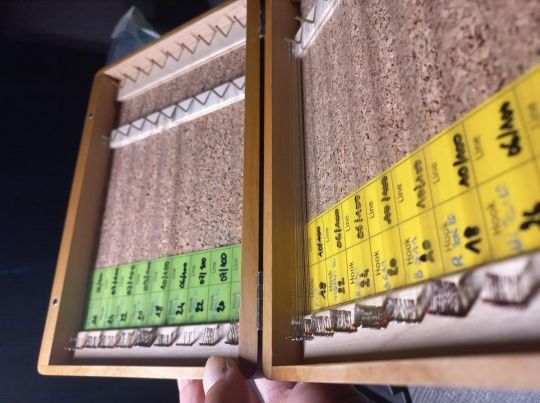
The little extra
The elastic bands of the kits are of undeniable importance to avoid breakage, stalls or missed touches. There must be consistency between the lines and elastics used.
When everything is ready, it's up to you!
We had already seen the different steps to approach your fishing in all serenity .

 /
/ 

